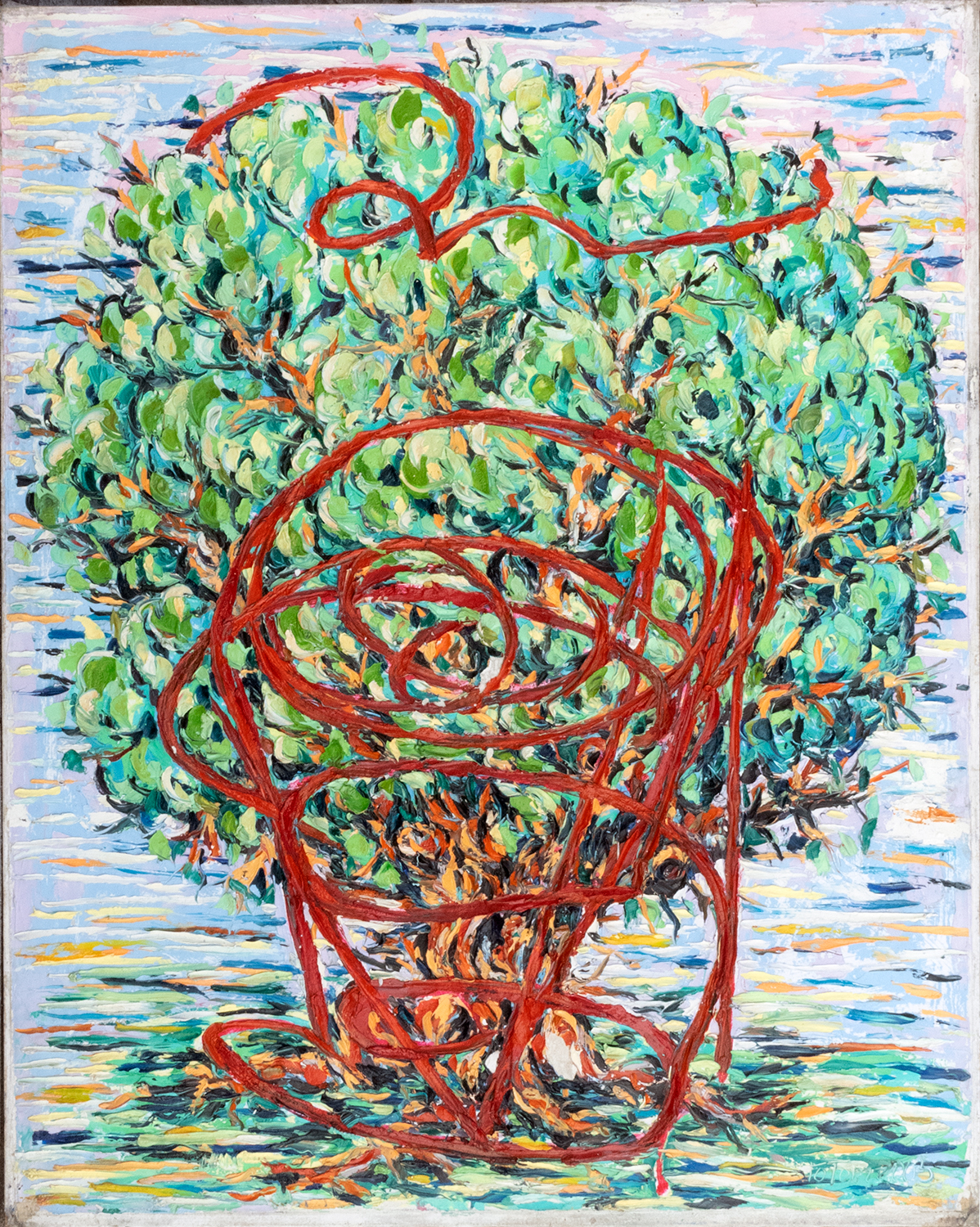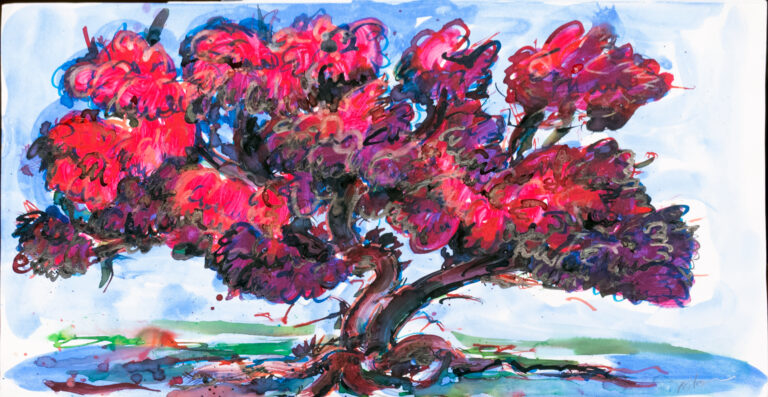Artistic inspiration
Artistic inspiration arises without further ado, it is not sought, it appears. Sometimes it drives us uncontrollably, and other times it seems to have abandoned us.
How to start an artistic work?
To know how to start an artistic work, you have to distinguish the language that will be used in that expression.
As an example, let’s go to music.
In music there are two types of harmonies: tonal and modal. Tonal harmony is that which has a conclusive sound. It has the tonic, the note on which all the harmony arises, at the beginning and end of the musical scale, this means that at the beginning and at the end, the mind, the ear, looks for that tonic. The composer who works on a tonal harmony is based on a specific structure, on times, transposition structures, or expressions that begin and end in that tonic.
The result of working on this harmonious language would be like telling a story with a beginning and an end. A story that has a conclusion, and in that story, there are many details that are not important, that are not necessary, there is a need to make that journey and conclude it in a satisfactory way.
In fact, in tonal music, when you interrupt it, you feel something uncomfortable, you feel that something is missing, you need that ending.

Modal harmony, on the other hand, has the tonic in the center of the musical scale. Until the Renaissance this was the harmony that was used.
The composer, by using a type of modal harmony, “dances” on the tonic, above and below it, plays with it. When we listen to modal music, it gives the sensation that it does not need to be concluded, that it does not count anything, that it simply elevates you and transports you with harmonies, sound games, rhythms…
It would be, in the example of a story, when the story of an entire life is told. It is full of nuances, details that you can entertain yourself with. It’s okay to not finish it, you can start in the middle, and finish at the beginning.
Intelligence and artistic sensitivity
Art unites two human aspects: intelligence and artistic sensitivity. It uses these two aspects and unifies them into one.
Art needs feeling, because it talks about it, and it needs intelligence because it uses it to express feeling. One cannot live without the other. Art without intelligence sooner or later sinks and is lost. Powerful emotions end up pushing strongly towards that bottomless precipice where one no longer knows the difference between what they are, who they are and what they are experiencing. We lose control over them and they push us towards the unconscious, removing all meaning and rationality from life.
Art without emotion, without feeling, lacks depth. It may attract attention for a while, at a certain moment, but soon after, it stops being pleasant, because it stops making sense. He is cold and insensitive. It becomes insulting, cruel, annoying. Sometimes too flat, bland, sometimes too unpleasant and even vulgar.
Humans maintain the search for balance between mind and feeling, our whole life seeks that balance, art is the bridge between both.
When starting an artistic work, one must be connected to both, understanding that it will use both.
Inspiration is a feeling, it has no head, it has no direction, it is impulsive, unconscious. Artistic inspiration arises without further ado. Now we have to knead it tactfully, consciously, understanding what we have in our hands, being careful not to change it, because inspiration is fragile like a flower.
Now, that inspiration arises in one, something arises to express, we know the language that will be used, then there is no need to hesitate for a moment, let’s start working and delve with all our soul into what we are experiencing. Then the work will become art.
Artistic language
When creating a work of art, unlike sketches or playing with shapes and harmonies, one must understand what language to use, what the objective is.
There is always something on which we rely, it can be the self, someone’s experience, an emotion, there is always a “tonic” that does not have to be something with a specific meaning, but like music, it can indicate a feeling, a state, an aspect of nature. And how are we going to recreate it?
So, understanding this, you can start an artistic work.

Artistic work is not only a game with textures, colors, techniques… artistic work is communicating, expressing, and for this there has to be something to express and a language through which it will be expressed. One must be clear about what one wants to express, and in what language one will express it.
There are artists who claim that their works mean nothing, that they have no message, moreover, a smile is already a message in itself, everything we do expresses something, gestures, words, onomatopoeia. The more complex what we express, the more complex the language used is likely to be, or the more difficult it is for us to find the words to express it. But everything has a message, because everything has a language.
Nature itself uses language, a language that goes unnoticed, but there is a form of “communication”, of connection and relationship between all the elements of nature. They don’t need words or gestures, but in some way they communicate, because they understand each other.
When that is clear, the artistic work is direct. You understand that you are expressing something and you know what language to use to express it.
Can this whole process be done unconsciously? Of course. Just as the baby expresses so much without knowing what she is expressing, just as a gesture, a cry, a kiss, express without intention.
Freshness in expression is a highly studied topic in the aesthetics of art. But now we are not addressing an aesthetic or philosophical issue, but simply the beginning of something.
The artist’s message
The artist’s message, to a large extent, is unimportant in the final result. The same thing happens in general communication, the intention is not so important, nor what one is trying to communicate, the final result is more relevant. Many times we observe people who contradict themselves between what they say and what they do, there is no coherence. They think they are talking about one topic, but they express something completely different, so is the intention important? Is it important what you say, or what you do?
No matter how much one believes that he is faithful to what he thinks, instinct, emotions, feelings, drag us and give us away. So in the foreground is that feeling that sometimes has nothing to do with what one thinks.
For this reason, the artist’s intention, in the final result, is not as valuable as one thinks. And, the less coherence a person has, the less importance their intention will have.
If we lived in a society where coherence was an essential value, it is possible that this intention would be something to take into account, but today, this is not the case. And, ultimately, we can keep that final result because it is more valid even than the intentionality itself, since it is real, it is something manifest, it is tangible, visible. The intention is only the desire.
When composing a work, or when starting it, it is good to have that intention, but the result will be much more interesting.
We all want to have sincere, good, intelligent, persevering children… our intention as parents is to raise valid and upright children, but when we observe a person we do not analyze the intention of the parents, but rather the result in the treatment and education they provided.
The sense of inspiration
The message of one’s own inspiration, that is relevant, because it is what moves inside. Inspiration, often not understood by the artist, drives him to create. The inspiration is honest, pure and clear. He doesn’t use excuses and doesn’t try to hide anything.
Inspiration, like a tornado, will pick up everything and throw it in the direction it wants unceremoniously.
In the end, it is that inspiration that pushes the artist to act, that leaves his mark on the artistic work, and that finally moves those who enjoy the work. And it is that inspiration that will transform and transport us through an inner journey.
Therefore, when one feels this inspiration, one must act. Without thinking about it, without interpreting it.
Then that inspiration serves as a key to open doors of the mind. The artist only has to choose the medium, the language he will use, the most superficial aspects of the work. And inspiration will turn the work around, because ultimately inspiration is the engine that has generated everything, and if you listen to it, it will give you its hand and will not let you go.






